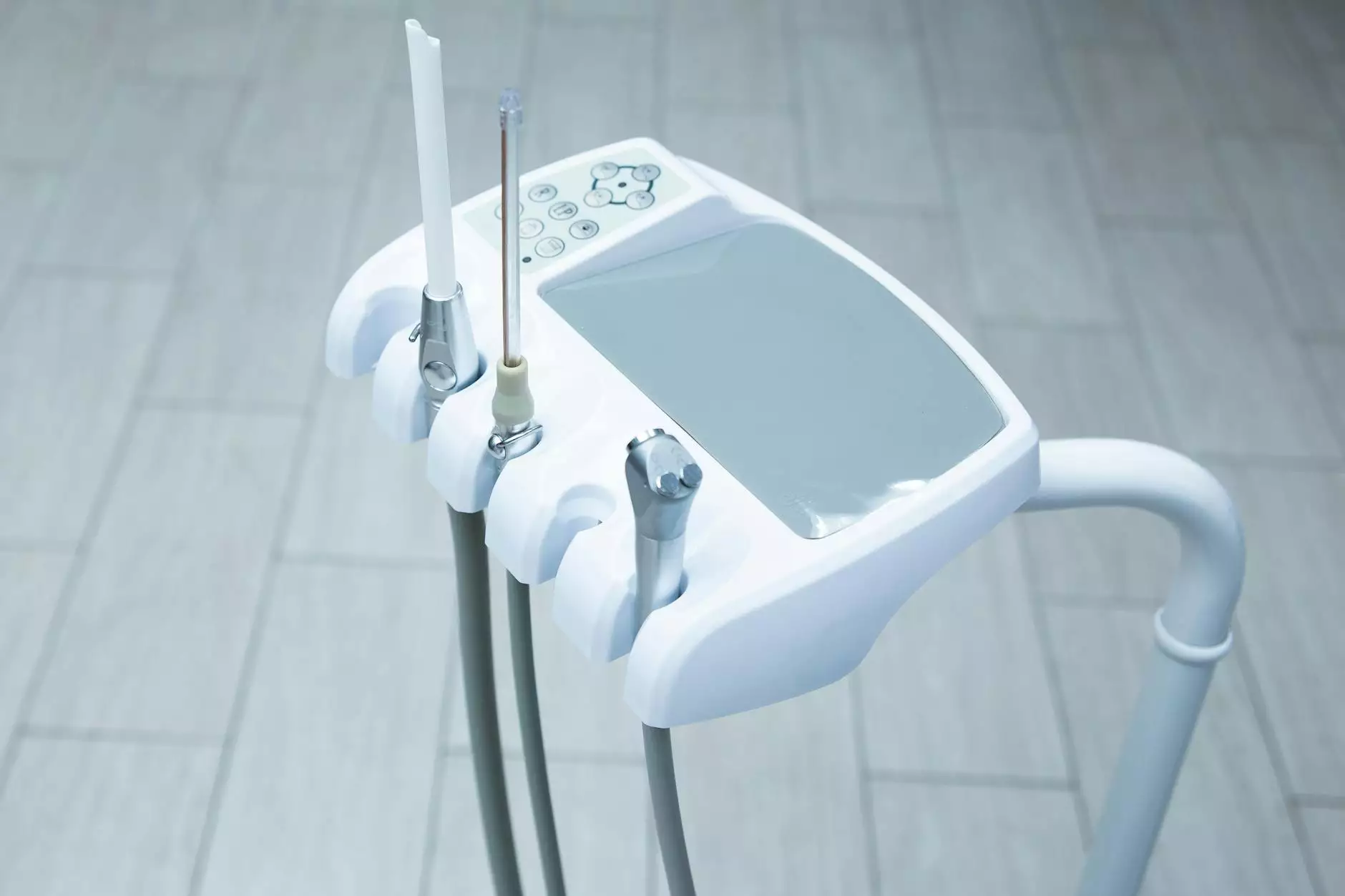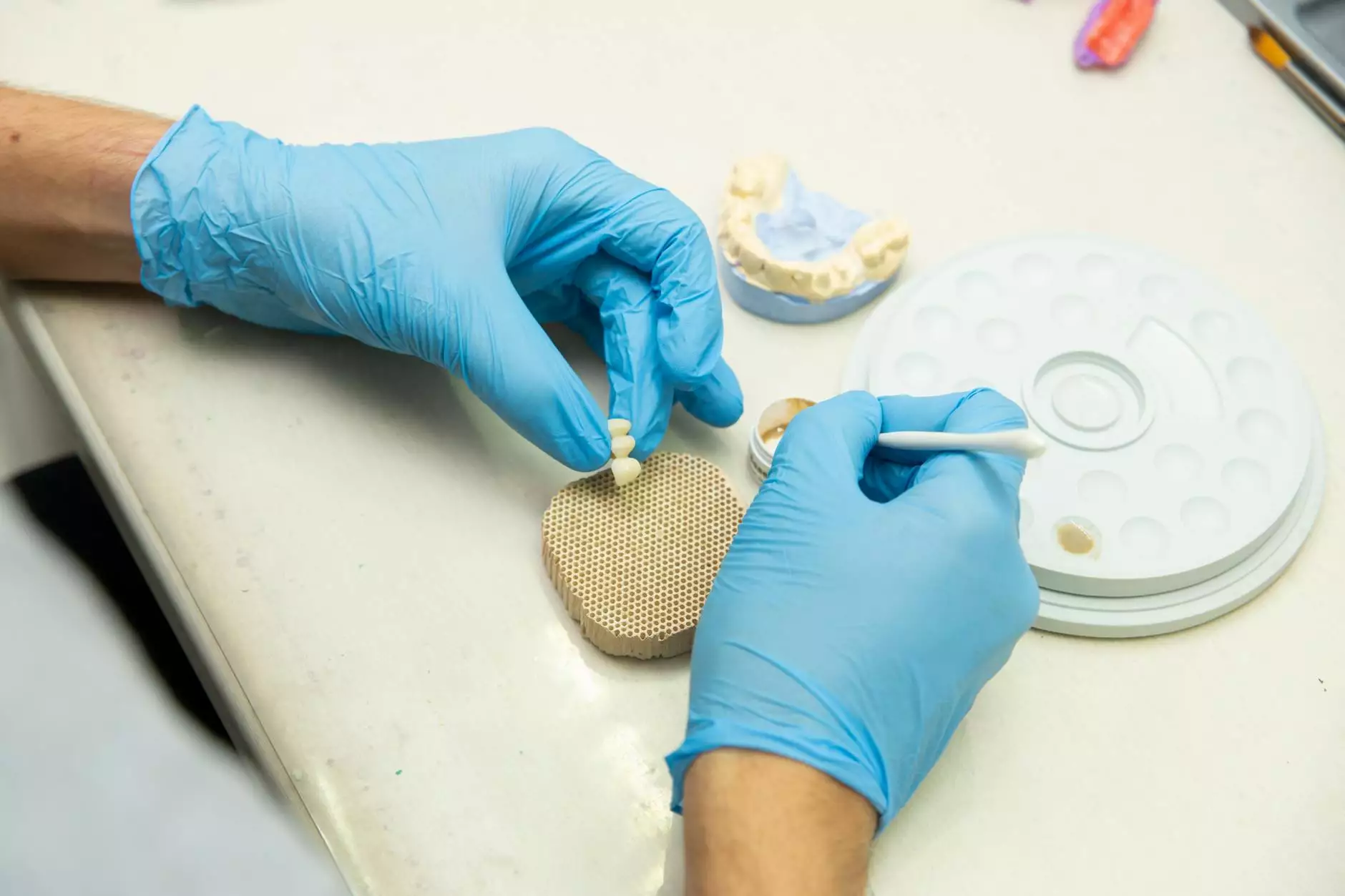Essential Orthopedic Surgeon Tools for Modern Practices

The field of orthopedics has witnessed tremendous advancements in technology and surgical techniques. To keep pace with these developments, orthopedic surgeons require a suite of specialized tools that enhance surgical precision, efficiency, and patient outcomes. The tools used in orthopedic procedures are essential in diagnosing, treating, and rehabilitating musculoskeletal conditions. In this article, we will explore various categories of orthopedic surgeon tools, their uses, and the importance of quality instruments in achieving overall surgical success.
Understanding Orthopedic Surgery and Its Demands
Orthopedic surgery focuses on the diagnosis, treatment, rehabilitation, and prevention of injuries and diseases related to the musculoskeletal system. This includes bones, joints, ligaments, tendons, and muscles. Given the complex nature of these surgeries, the tools used must be ergonomic, precise, and durable. The right tools not only facilitate the surgical process but also ensure patient safety and the best possible outcomes.
The Categories of Orthopedic Surgeon Tools
Orthopedic surgeon tools can be broadly categorized into several key groups, each serving unique functions within the surgical environment:
- Diagnostic Instruments
- Surgical Instruments
- Implants
- Support Equipment
- Rehabilitation Tools
1. Diagnostic Instruments
Before any surgical intervention can take place, accurate diagnosis is crucial. The following diagnostic instruments are commonly employed by orthopedic surgeons:
- X-Ray Machines: Essential for producing images of bones and joints, allowing for the identification of fractures, dislocations, or other abnormalities.
- MRI Machines: Provide detailed images of soft tissues, including ligaments, tendons, and cartilage, aiding in comprehensive diagnostics.
- Ultrasound Equipment: Useful for visualizing soft tissues and guiding certain injections or aspirations.
- Arthroscopes: Small cameras inserted into joints to provide direct visualization of the internal structures, crucial for assessing joint conditions.
2. Surgical Instruments
Once a diagnosis has been made, surgeons rely on a variety of surgical instruments during procedures. Here are some of the most commonly used orthopedic surgical instruments:
- Scalpels and Scissors: Used for making incisions and cutting tissues. Precision is pivotal in these tools, ensuring minimal trauma to surrounding areas.
- Bone Saws: Utilized for cutting through bone during procedures such as joint replacements. Their design allows for efficient bone removal.
- Drills and Pins: Essential for creating holes in bones for screws or plates. Their versatility allows for secure fixation of fractured bones.
- Retractors: Used to hold back tissues to provide a clear view of the surgical field. A variety of shapes and sizes are available to accommodate different surgeries.
- Forceps: Grasping and holding tissues during surgery, which is crucial for precise manipulation and control.
3. Implants
In many orthopedic surgeries, implants are necessary for stabilizing and supporting bones and joints. The following types of implants are commonly used:
- Prosthetic Joints: Such as hip or knee replacements that restore function to damaged joints.
- Metal Plates and Screws: Used to fixate broken bones and promote healing.
- Intramedullary Nails: Long rods inserted into the marrow canal of bones to stabilize fractures.
- Bone Grafts: Materials used to encourage bone healing and regeneration.
4. Support Equipment
Support equipment is vital for enhancing surgical efficiency and patient care. This includes:
- Anesthesia Machines: Essential for safely administering anesthesia during surgeries.
- Surgical Tables: Adjustable tables that provide optimal positioning for the surgical team and the patient.
- Lighting Systems: High-intensity lights crucial for illuminating the surgical field.
- Monitoring Devices: For tracking vital signs and ensuring patient safety throughout the procedure.
5. Rehabilitation Tools
The role of orthopedic surgeons extends beyond the operating room. Rehabilitation tools are essential for post-operative care and recovery, including:
- Braces and Splints: To support and stabilize injured or postoperative areas.
- Physical Therapy Equipment: Tools such as resistance bands and weights that aid in recovery exercises.
- Mobility Aids: Crutches and walkers help patients regain mobility during recovery.
The Importance of Quality in Orthopedic Tools
The effectiveness of orthopedic surgeries heavily relies on the quality of the tools used. Here are several reasons why high-quality tools are paramount:
- Durability: Quality instruments are designed to withstand repeated use and sterilization processes without deteriorating.
- Precision: High-quality orthopedic surgeon tools provide superior accuracy, which is critical during delicate procedures.
- Reliability: Surgeons can trust quality tools, reducing the risk of instrument failure in the operating room.
- Enhanced Outcomes: Well-manufactured instruments contribute significantly to better surgical results and improved patient recovery.
Where to Find Quality Orthopedic Surgeon Tools
For orthopedic surgeons and practices looking to procure high-quality instruments, new-medinstruments.com offers an extensive selection of orthopedic tools. Here’s why you should consider this reputable source:
- Wide Range of Products: Access to diagnostic instruments, surgical tools, implants, and rehabilitation aids.
- Quality Assurance: Instruments available are vetted for quality and performance, ensuring surgical safety.
- Expert Guidance: Knowledgeable staff can assist in selecting the right tools for your practice's needs.
- Competitive Pricing: Affordable options without compromising quality.
Investing in Your Practice
Investing in high-end orthopedic surgeon tools is an investment in the success of your practice. By utilizing top-tier instruments, surgeons can enhance their procedural efficiency and provide better care, ultimately leading to improved patient satisfaction and outcomes. Make sure to explore new-medinstruments.com for the latest offerings in orthopedic tools and equipment.
Conclusion
In summary, the landscape of orthopedic surgery is ever-evolving, necessitating the use of advanced and reliable orthopedic surgeon tools to meet the demands of modern medicine. From diagnostic equipment to surgical instruments and rehabilitation aids, each category plays a crucial role in overall patient care. Surgeons must prioritize quality to ensure their instruments support successful outcomes and patient safety.
As the orthopedic field advances, staying updated with the latest tools and technologies will not only improve surgical precision but also enhance the overall quality of care provided to patients. Explore the extensive range of orthopedic surgeon tools at new-medinstruments.com today, and empower your practice with the best instruments available on the market.









